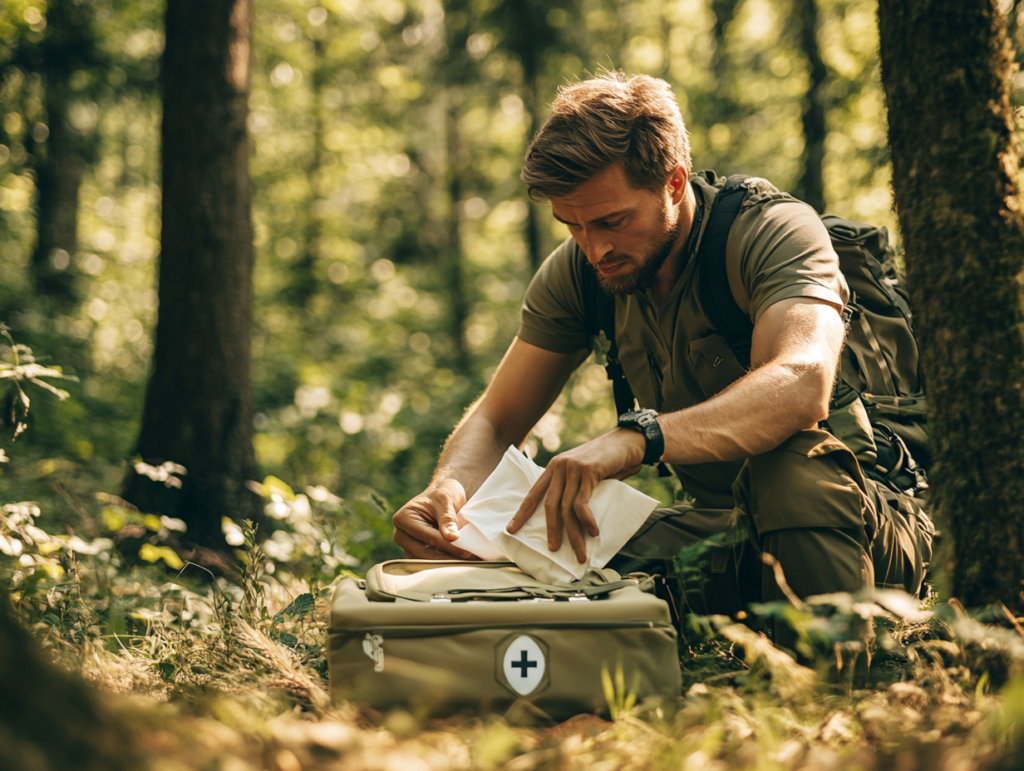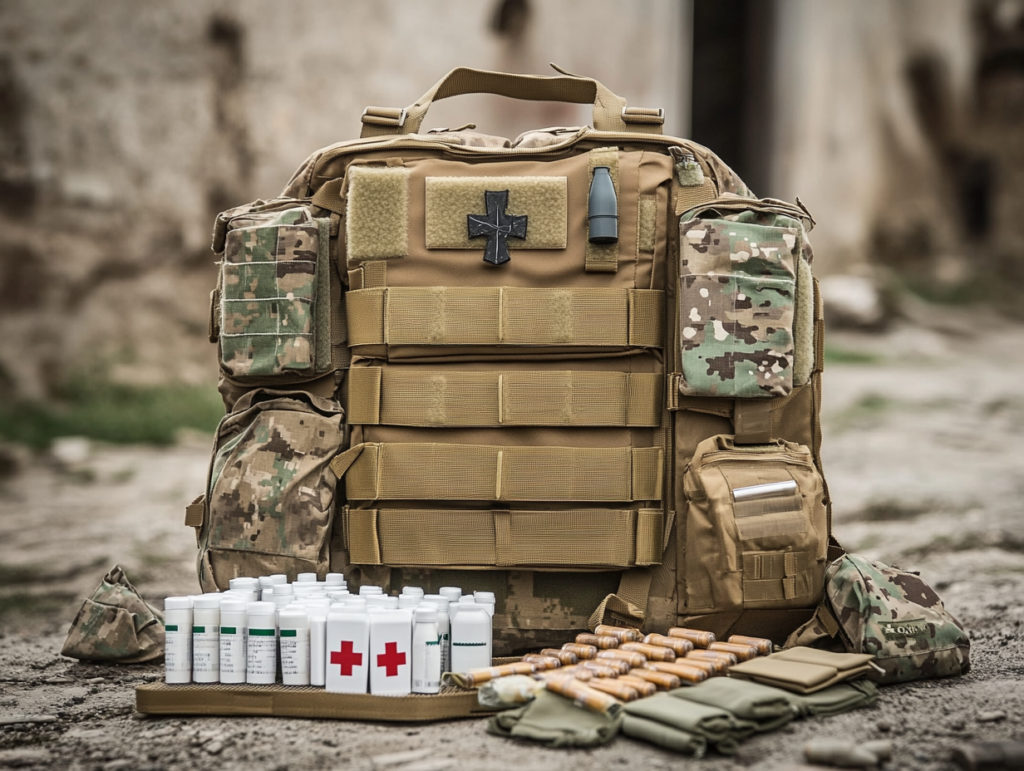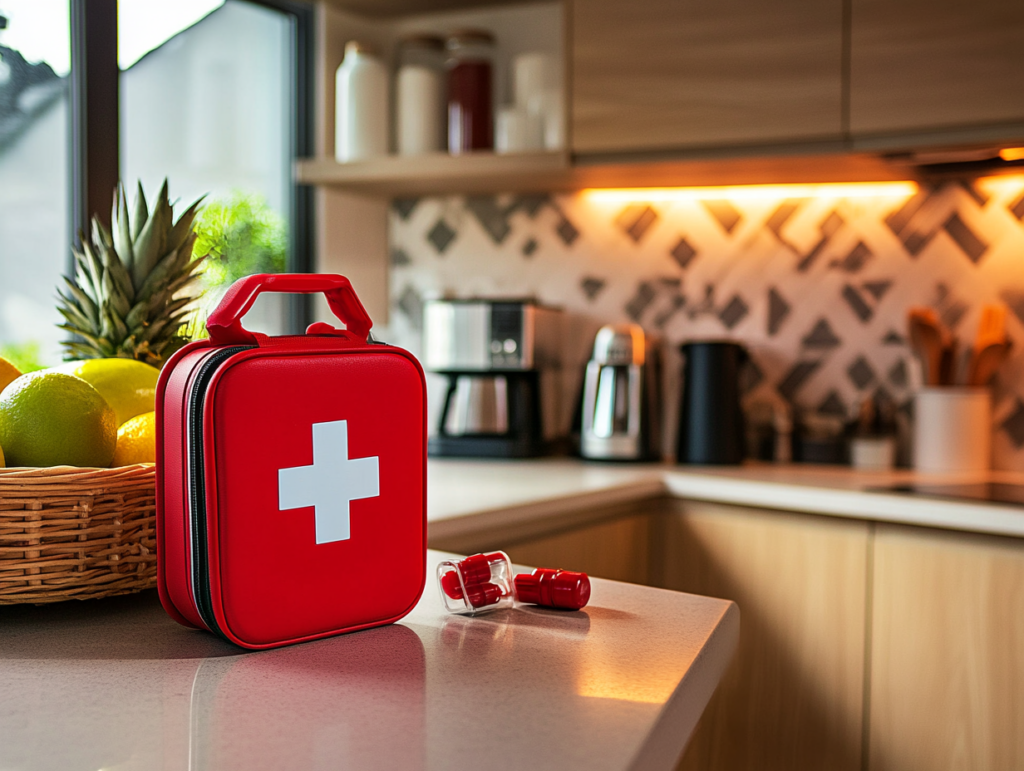The Ultimate Guide to Using an Outdoor First Aid Kit
When you’re hiking through dense forests, scaling rugged mountains, or camping under starry skies, nature’s beauty can quickly turn into a challenge if accidents happen. Whether it’s a simple scrape, a twisted ankle, or a more serious injury, being prepared with an outdoor first aid kit and knowing how to use it can make all the difference. This guide is here to help outdoor enthusiasts master their first aid kits and be ready to tackle emergencies confidently.
What’s Inside an Outdoor First Aid Kit?
Before diving into first aid techniques, let’s unpack the essentials. Familiarizing yourself with your kit is the first step to effective emergency response. Here’s what a well-stocked outdoor first aid kit typically includes:
Wound Care Basics
1.Bandages & Gauze: From tiny Band-Aids for small cuts to sterile gauze pads for larger wounds, you’ve got options for every scrape and gash.
2.Disinfectants: Alcohol wipes or iodine swabs clean wounds and prevent infection.
3.Medical Tape: Keeps gauze in place without slipping.
4.Elastic Bandages: Perfect for sprains or holding dressings in tricky places.
5.Stop the Bleed
6.Tourniquets: For serious bleeding, these can stop blood flow in life-threatening situations.
7.Hemostatic Powders: Sprinkle these magic powders on stubborn bleeds to help blood clot faster.
8.Pressure Dressings: Keep the pressure on and the bleeding off.
Splints and Support
1.Lightweight Splints: Aluminum or plastic splints stabilize fractures or sprains.
2.Triangular Bandages: Great for slings or large-area bandages.
3.Elastic Wraps: Add extra support to injured joints or secure splints.
4.Medications You’ll Want
5.Pain Relievers: Ibuprofen for aches, acetaminophen for fever relief.
6.Allergy Meds: Loratadine or diphenhydramine for sudden allergic reactions.
Antibiotics: Help fight infection in wounds (if you’re allergy-free!).
7.GI Remedies: From anti-nausea pills to diarrhea relief, keep your digestive system calm.
8.Motion Sickness Pills: Perfect for bumpy rides or boat trips.
Handy Tools
1.Tweezers: Remove splinters or stingers with ease.
2.Scissors: Cut tape, gauze, or even fabric in emergencies.
3.Flashlight: Essential for nighttime first aid.
4.Whistle: Call for help without straining your voice.
5.Extras for Comfort and Safety
6.Cold Packs: For fresh injuries or swelling.
7.Hot Packs: For soothing muscle pain or keeping warm.
8.Disposable Gloves: Prevent infection while handling wounds.
9.First Aid Manual: A step-by-step lifesaver when you need quick guidance.
10.Outdoor First Aid Scenarios and Solutions
11.Now that you know what’s in the kit, let’s see how it’s used in real-life situations.
Bleeding Wounds
1.Minor Cuts: Clean the wound, apply an adhesive bandage, and get back to the trail.
2.Deep Wounds: Apply pressure with gauze for 5-10 minutes to stop bleeding. If it doesn’t stop, use a tourniquet above the wound—but remember to loosen it briefly every hour to avoid permanent damage.
3.Arterial Bleeding: This is life-threatening. Blood may spurt with each heartbeat. Apply direct pressure immediately and use a tourniquet while seeking urgent medical help.
Fractures and Sprains
1.Fractures: Keep the injured limb stable by applying a splint that covers the joints above and below the break. Soft padding between the splint and skin prevents irritation.
2.Sprains: Use the R.I.C.E. method—Rest, Ice, Compression, and Elevation. Avoid heat or massage during the first 48 hours, as this can worsen swelling.
Heat Stroke
Symptoms like dizziness, excessive sweating, or confusion? It’s likely heatstroke. Move the person to a shaded area, cool their body with wet cloths, and offer water with a pinch of salt. Severe cases require immediate medical attention.
Sunburns
Mild sunburns? Cool the area with water and apply aloe vera. Severe burns with blisters? Don’t pop them! Cover gently and seek a doctor’s advice.
Insect Bites or Stings
For minor bites, clean the area and apply antihistamine cream. Got stung by a bee? Remove the stinger with tweezers, clean the wound, and apply a cold pack. For venomous stings, seek immediate medical help while monitoring for breathing issues.
Pro Tips for Outdoor First Aid Kit Mastery
Check Your Kit Regularly: Replace expired medications and damaged tools every few months.
Customize for Your Adventure: Tailor your kit for specific trips—add extra waterproof supplies for kayaking or more painkillers for rugged hikes.
Know Your Kit Inside Out: Practice using the tools and read the manual. You don’t want to fumble during an emergency.
Respect Allergies: Be aware of medication allergies and carry alternatives if needed.
Follow Up After First Aid: Even after you’ve patched someone up, seek medical attention for thorough care.
Enjoy the Wild, Stay Safe
An outdoor first aid kit isn’t just a box of supplies—it’s your safety net. With the right knowledge, you can handle emergencies with confidence, ensuring your adventures stay memorable for the right reasons.
Remember: Safety first, fun second! Whether you’re a weekend hiker or an experienced mountaineer, mastering your first aid skills is just as essential as packing your gear.
Happy trails, and may your journeys be as safe as they are spectacular! Don’t wait until it’s too late—shop now for outdoor first aid kits designed for combat situations.


